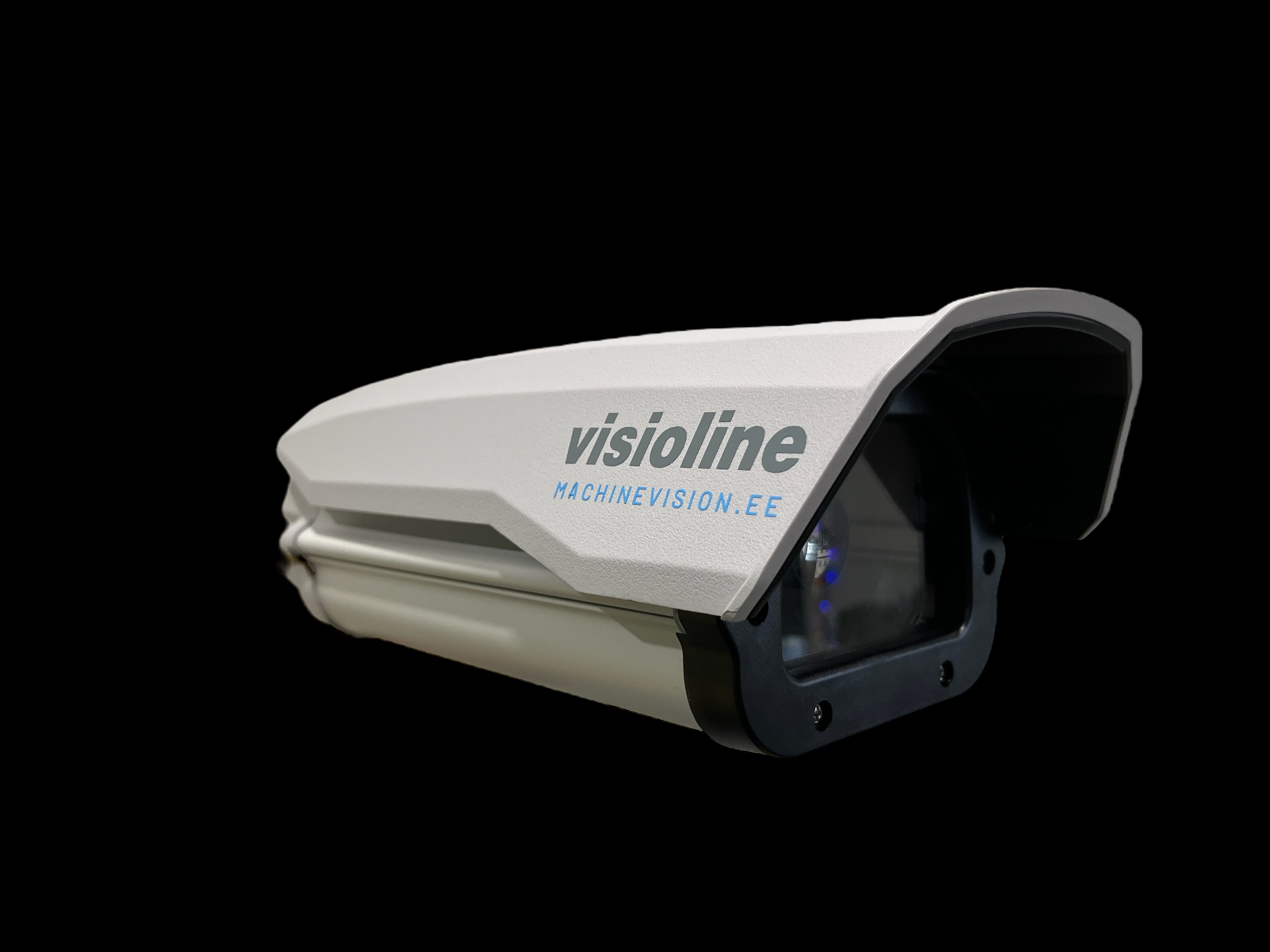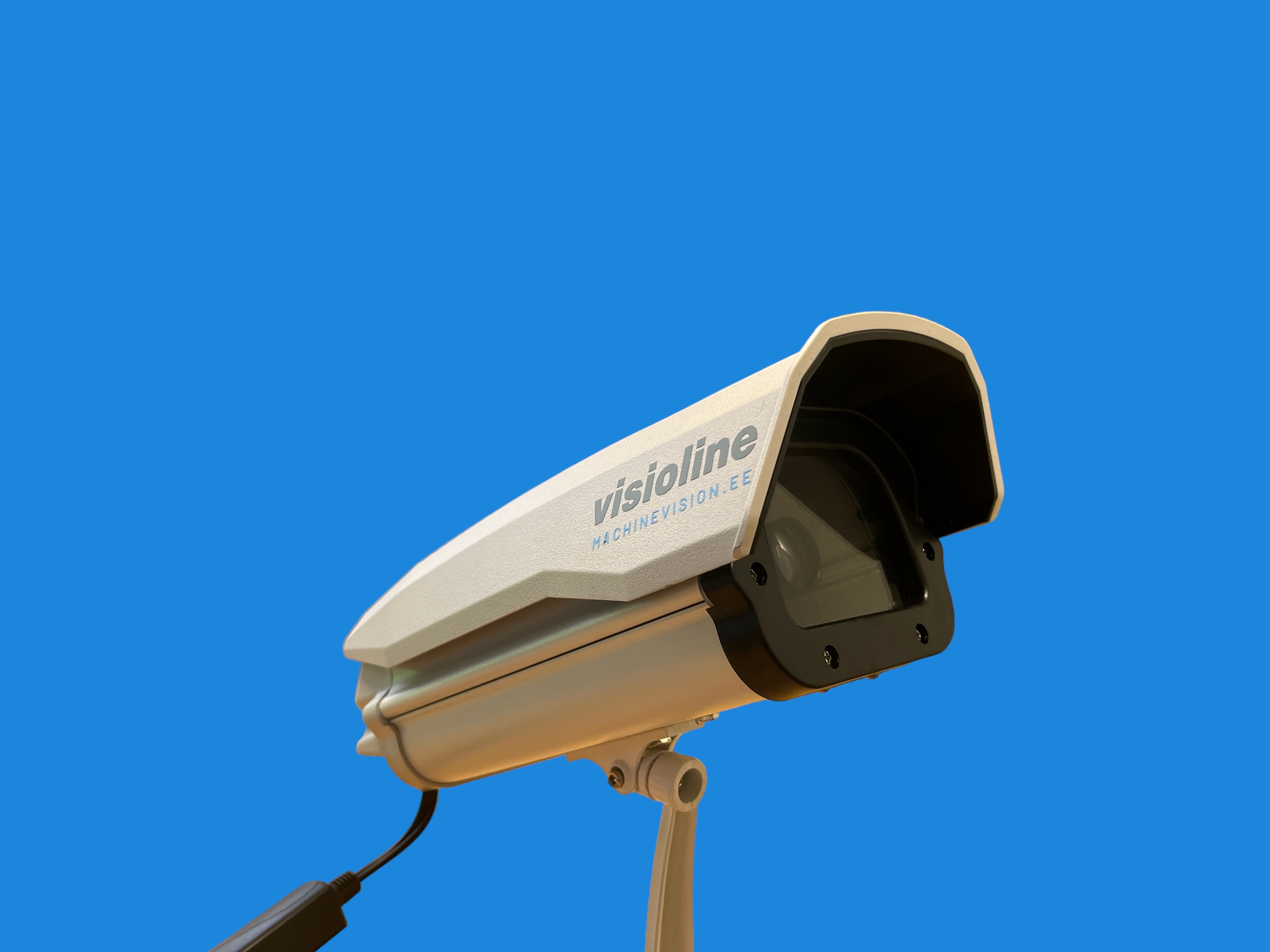Introducing the new AI capable camera – a highly customizable, high—performance camera that can take your machine vision projects to the next level. With its advanced Artificial Intelligence algorithms and chips, this camera can easily recognize and adjust to different lighting and color conditions, giving you the best results every time. Its powerful image processing functions allow you to customize the camera settings to get the perfect shot and object detection results, no matter the environment.
AI Camera
The Visioline AI camera is perfect for machine vision projects with its highly customizable features and the ability to develop machine vision solutions. The sensor and lens are critical to providing accurate object detection. This camera‘s AI—capable flexibility allows the processing of data to be done inside the camera. This reduces network traffic and allows for raw image input data to be processed . No more encoding/decoding loss.
Why this solution?
Camera contains the latest in computer vision technology – NVidia‘s Jetson modules. Jetson modules provide industry—leading performance, with the ability to process multiple neural networks in parallel in real—time. This allows for faster and more accurate facial recognition, object tracking, and gesture recognition. Jetson modules are the perfect choice for any vision solution. Jetson modules are designed to be energy—efficient and offer an extended life cycle.
Are you looking for a camera that can use Jetson—Inference, TensorFlow, YOLO, and other AI features? Look no further than our newes solution. Our camera is the perfect solution for users needing to store a large amount of data and host user interfaces. Our integration capabilities enable a wide range of applications to benefit from the power of machine vision.
Each NVIDIA Jetson is a complete System on Module (SOM) that includes GPU, CPU, memory, power management, high-speed interfaces, and more. Visioline added sensors, lens, housing, POE and software.
The implementation of a machine vision project includes several main stages:
Define the problem: The first step in any machine vision project is to clearly define the problem you are trying to solve. This includes identifying the specific task that the machine vision system will perform, as well as any limitations or requirements that need to be considered.
Choose the hardware: Depending on the specific task you are trying to accomplish, you will need to choose the right hardware for your machine vision system. This may include cameras, lighting and other special equipment required.
Choose the software: Next, you need to choose the software that will be used to process the images and extract the desired information. This may include image processing libraries, machine learning algorithms and other necessary software tools
Data Collection and Labeling: To train a machine learning model, you need to collect and label a large dataset of images. This may involve manually tagging images with the desired information or using automated tools.
Train the model: Once you have enough data, you can use it to train a machine learning model to perform the desired task. This may involve adjusting the architecture and hyperparameters of the model to optimize its performance.
Test and validate: After training a model, it is important to thoroughly test and validate it to ensure that it performs accurately and reliably. This may involve collecting additional data and using it to evaluate model performance.
System Implementation: Once a machine vision system is developed and tested, it can be deployed in the real world to perform the desired task. This may involve integrating it into existing systems or building custom hardware and software to support its operation. In general, implementing a machine vision project requires careful planning and attention to detail to ensure system reliability and efficiency.

